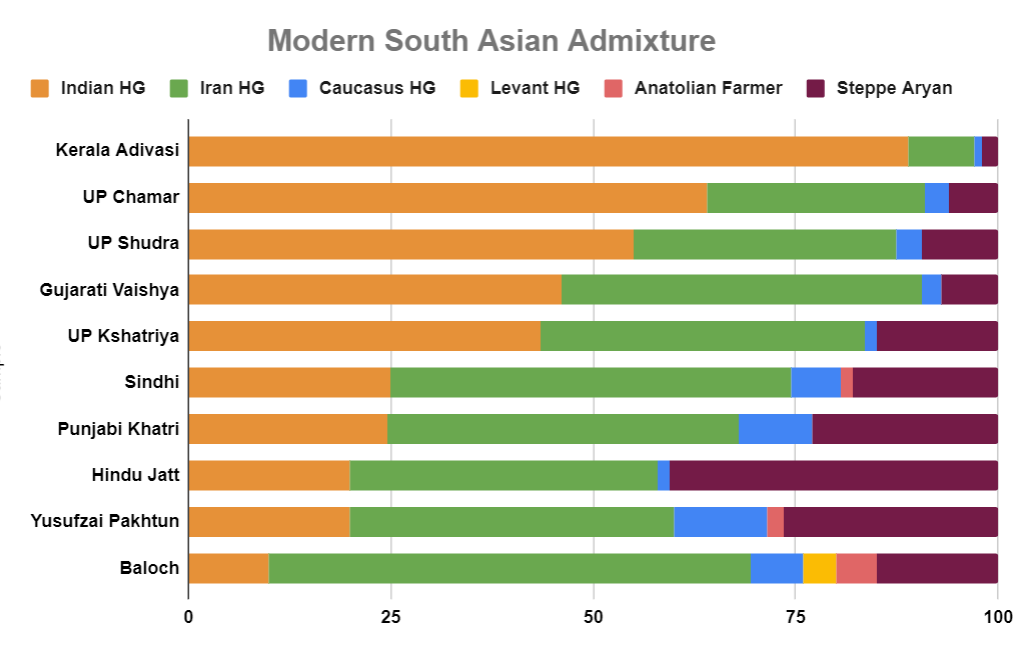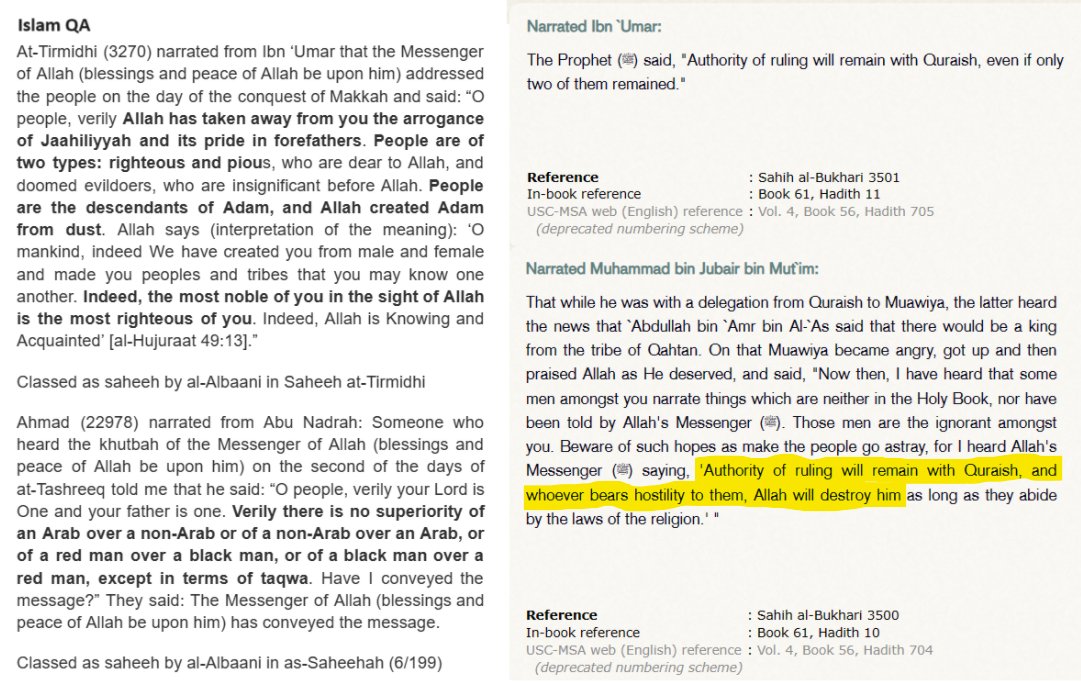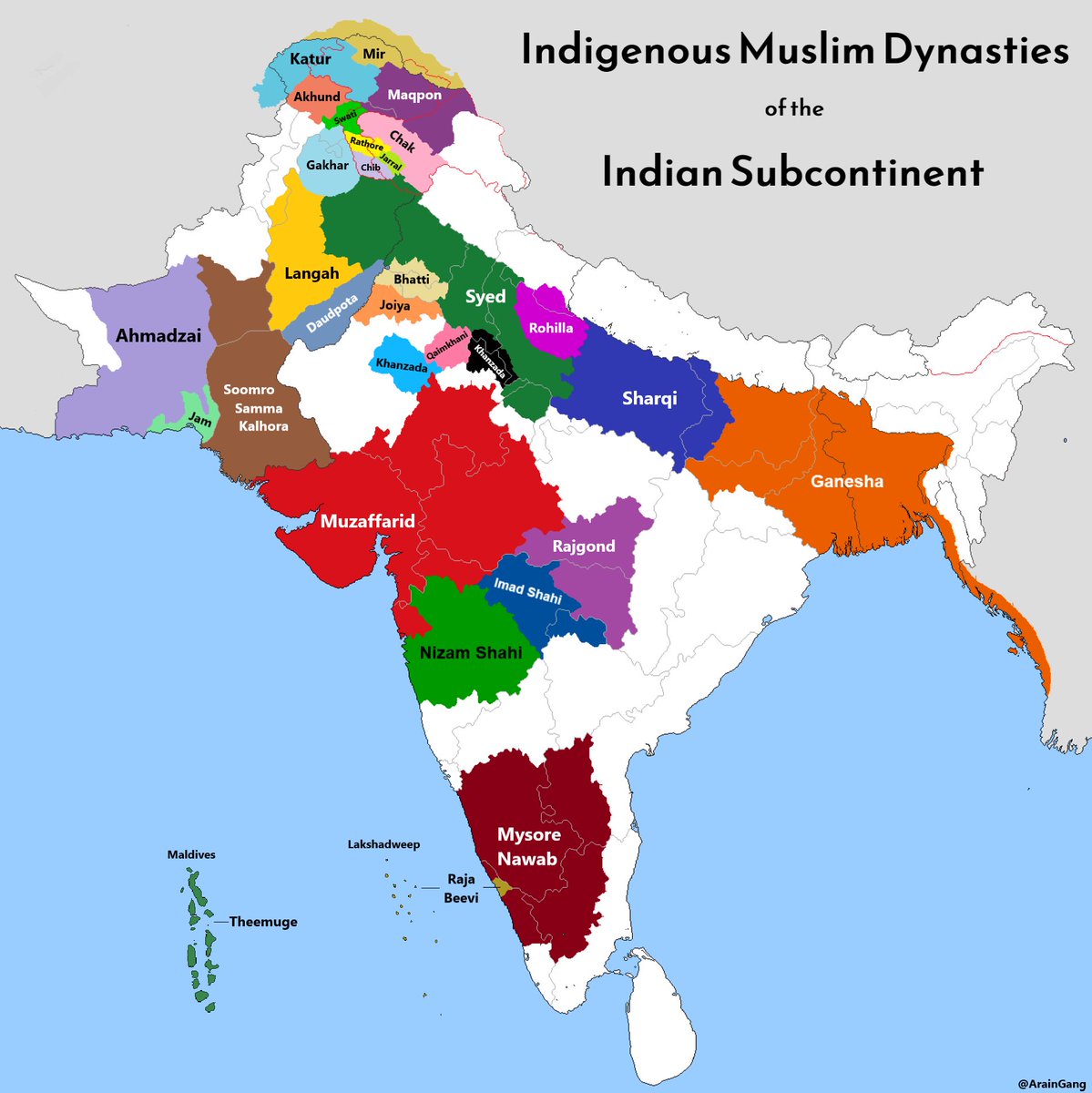The Indus Valley Civilization appears to have been somewhat diverse genetically. Note that some individuals can be modelled as purely Indian and Iranian Hunter-Gatherers (HG), while others show signs of Caucasian HG ancestry. 

On average, the Indus Valley Civilization (IVC) can be represented as the following population admixture: 

Compare to Iranian Pastoralists around 8000 BC, who are mostly Iranian HG, with some Caucasus HG, and a touch of Levant HG. By 4000BC however, the Iranian Farmers show more Levantine ancestry, and a lot of input from Anatolian Farmers. 



This phenomenon of added Anatolian farmer ancestry is seen in Central Asian farmers as well, and by the Bronze Age, the BMAC civilization shows ever increasing Anatolian input, indicating that prior to the Aryan intrusion, this ancestry was percolating east from the Middle-East. 



After 2000 BC we see the intrusion of the Aryans into the Indus Valley. During this Vedic Period, we see the appearance of Aryan ancestry in Indians, though interestingly, no corresponding appearance of Anatolian ancestry, indicating the Aryans didn't also bring BMAC ancestry. 

Also worth noting that some Indus Valley individuals hadn't yet received much Aryan admixture, and even they don't show Anatolian ancestry, indicating there was not a migration from West/Central Asia into the region before the Aryans arrived. 

By the post-Vedic period, we still see roughly the same levels of Steppe-ancestry in the Indus Valley as we did earlier, however the Indian ancestry seems to be increasing, indicating population flow from the Gangetic Basin into the Indus Valley. 

Most modern South Asian populations are still comprised of the same basic components as they were after the Aryans invaded (with varying proportions), though at the periphery certain populations do show signs of other ancestral inputs. 

• • •
Missing some Tweet in this thread? You can try to
force a refresh

















